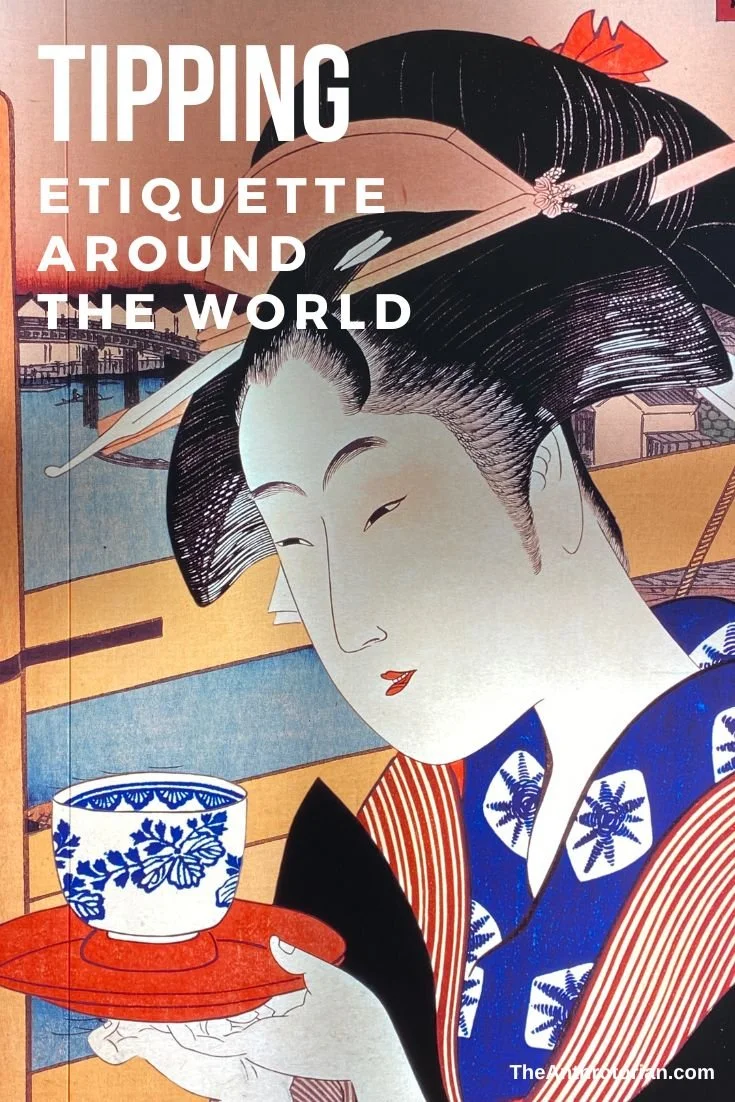Have you ever felt like your personal space has been invaded? Or, have you felt uncomfortable when a stranger stands too close? Was there ever a time when you told someone they were "glowing"? Have you been able to tell that something or someone was coming up behind you without even turning around? Can you sense that your friend is happy before they tell you? Do you ever feel connected to someone in a way that you can't explain?
These are just a few examples that can stand as evidence that a human aura exists.
Defining the human aura
The existence of an aura has long been a controversial subject due to the fact that like most ‘magical’ concepts, its existence cannot be scientifically proven or defined.
Anyone that you talk to — expert or layperson — will define and describe the aura in different ways.
It is “the interaction of patterns of energy, vibrating at interwoven frequencies and intensities” (Harrower). A luminous atmosphere that surrounds all living things. A link between our inner self and the outside world. Or, a reflection of the spirit that resides inside our bodies.
Some scholars believe that it is a characteristic of the human spirit (energy), which remains whole even if the body doesn’t. This can explain why, when an individual has a missing limb, the outline of the arm will still be present in that person’s aura and they may feel like their limb is still there.
Who can see auras?
According to my research, anyone has the potential to see auras, but unless you are a child or an animal (think about how intuitive they seem to be) it is something that you will actively have to practice, study and — most importantly — believe in.
Though there is scientific technology that can measure the electromagnetic field around the human body, what causes a lot of skepticism is that no two people who claim that they can see auras ‘read’ them or ‘see’ them the same way.
Some claim (think fortune tellers) that they can read a person’s education, background, potential, and future in their auras, while others may say that they can predict a physical injury or illness by seeing a ‘dent’ in the aura. There are those that believe that an aura’s colour will give a viewer information by the feelings that emerge from looking at the colour.
The concept of the aura in history
The concept of a human aura is present in many different cultures throughout human history.
Traditional Chinese Medicine uses the idea of a human energy system as a basis of its healing practices, Ayurvedic medicine found in India teaches how to balance energy in order to achieve optimum health and well-being, and the Hindu concept of Chakras claims that energy is taken from the environment through one of the seven of them to help revitalize the body and spirit.
A more ‘western’ concept is the practice of Therapeutic or Healing Touch, a medical practice that uses the power of the aura for practical purposes. It is defined by professionals as a practice that helps restore proper energy flow and entails the use of a ‘sixth sense’ and strong compassion that together aid in the re-balancing of energy.
So, does the human aura exist?
There is evidence to support both sides.
Though there is a strong case for the skeptics, it's hard to deny the fact that there is some kind of energy surrounding our bodies.
But can anyone actually see this energy?
At this point, with nothing ‘proven’ in a conventional way, it seems that the only person who can answer this question is you!
































